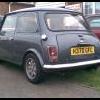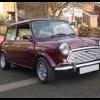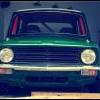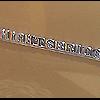
3D Printing - The Turnaround For Long Lost Parts?
#16

Posted 10 May 2012 - 03:01 PM
#17

Posted 10 May 2012 - 03:15 PM
Check it out.
Upload 3d image and the make it.
Customised gear knob anyone?
#18

Posted 10 May 2012 - 03:26 PM
There's a good TED talk on it here: http://www.ted.com/t...d_printing.html
I've seen a few videos that 'print' metal parts, but I've no idea how strong they'd actually be.
A gear knob might be as far as I'm willing to test it for the time being!
#19

Posted 10 May 2012 - 03:40 PM
For example, it could see the end of ball joints randomly breaking on people.
#20

Posted 11 May 2012 - 04:42 PM
But returning to what 3D printers can do, they are only useful for very small quantities of parts, as they are of necessity slow. But if you need a one-off plastic bit like maybe a gear for your odometer, or a moulded body for an odd type of electrical connector, they may well be the best way forward. Never for structural parts, but maybe a metal printing process would just about manage some carburettor parts or something like that. I see them as being of most use to owners of very rare cars, where there are no other ways of replacing broken parts. Any Mini part will be needed in quantities well above the viable economic limit for printing.
And yes, you can build yourself a working 3D printer for well under £1000, which will be able to print the plastic parts to build more printers.
#21

Posted 11 May 2012 - 05:37 PM
in theory it is a good idea but the small model of an MP3 player i made in class cost around £200 in material and took 22 hours to make
Rhys
#22

Posted 11 May 2012 - 06:28 PM
I have no engineering qualifications. It was more a possible suggestion than anything else. If it can't be done so be it. But think how far technology has progressed over the last 30 years. At that rte we could be anywhere in another 30.The process will never be used to make ball joints. In any case, do you know of even one that did not fail due to incorrect shimming? Almost always, they are set up too tight, and fatigue failure is guaranteed. Making ball joints does not require anything like a 3D printer, only a "screw machine" lathe (a sort of mechanically configured precursor to an NC machine), or a proper NC lathe and a fairly simple program. With a very good tool, you will get a better finish off the lathe than the junk suppliers are getting after grinding. You could even run a few off by hand, if you have a simple radius turning attachment, and you could grind them to a high finish with a tool and cutter grinder. All the sort of stuff that you can read about in magazines like "Model Engineer's Workshop". The hard part is picking the correct material (maybe someone knows the correct grade of steel?) and applying the appropriate heat treatment to harden them after machining, without causing them to become brittle.
But returning to what 3D printers can do, they are only useful for very small quantities of parts, as they are of necessity slow. But if you need a one-off plastic bit like maybe a gear for your odometer, or a moulded body for an odd type of electrical connector, they may well be the best way forward. Never for structural parts, but maybe a metal printing process would just about manage some carburettor parts or something like that. I see them as being of most use to owners of very rare cars, where there are no other ways of replacing broken parts. Any Mini part will be needed in quantities well above the viable economic limit for printing.
And yes, you can build yourself a working 3D printer for well under £1000, which will be able to print the plastic parts to build more printers.
#23

Posted 11 May 2012 - 08:58 PM
This way all manner of cast items could be reproduced surely?
#24

Posted 11 May 2012 - 11:19 PM
Also The pirate bay has a new section called Physibles, which are 3D of models of things meant for 3D printing. http://thepiratebay.se/blog/203
#25

Posted 11 May 2012 - 11:39 PM
The process will never be used to make ball joints. In any case, do you know of even one that did not fail due to incorrect shimming? Almost always, they are set up too tight, and fatigue failure is guaranteed. Making ball joints does not require anything like a 3D printer, only a "screw machine" lathe (a sort of mechanically configured precursor to an NC machine), or a proper NC lathe and a fairly simple program. With a very good tool, you will get a better finish off the lathe than the junk suppliers are getting after grinding. You could even run a few off by hand, if you have a simple radius turning attachment, and you could grind them to a high finish with a tool and cutter grinder. All the sort of stuff that you can read about in magazines like "Model Engineer's Workshop". The hard part is picking the correct material (maybe someone knows the correct grade of steel?) and applying the appropriate heat treatment to harden them after machining, without causing them to become brittle.
But returning to what 3D printers can do, they are only useful for very small quantities of parts, as they are of necessity slow. But if you need a one-off plastic bit like maybe a gear for your odometer, or a moulded body for an odd type of electrical connector, they may well be the best way forward. Never for structural parts, but maybe a metal printing process would just about manage some carburettor parts or something like that. I see them as being of most use to owners of very rare cars, where there are no other ways of replacing broken parts. Any Mini part will be needed in quantities well above the viable economic limit for printing.
And yes, you can build yourself a working 3D printer for well under £1000, which will be able to print the plastic parts to build more printers.
agreed entirley.... we have one at uni and its alright for protoypes but thats about it....
#26

Posted 12 May 2012 - 10:52 AM
agreed entirley.... we have one at uni and its alright for protoypes but thats about it....
Bear in mind thats a lower budget machine for literally that -prototyping, scaled up and more precise machines available, given there's about a half dozen different methods to laying down the material used.
#27

Posted 12 May 2012 - 05:22 PM
SLS or additive layer manufacturing isnt as quick as you would think but the process to scan or create apart then use it as a mould is very effective.
#28

Posted 12 May 2012 - 06:49 PM
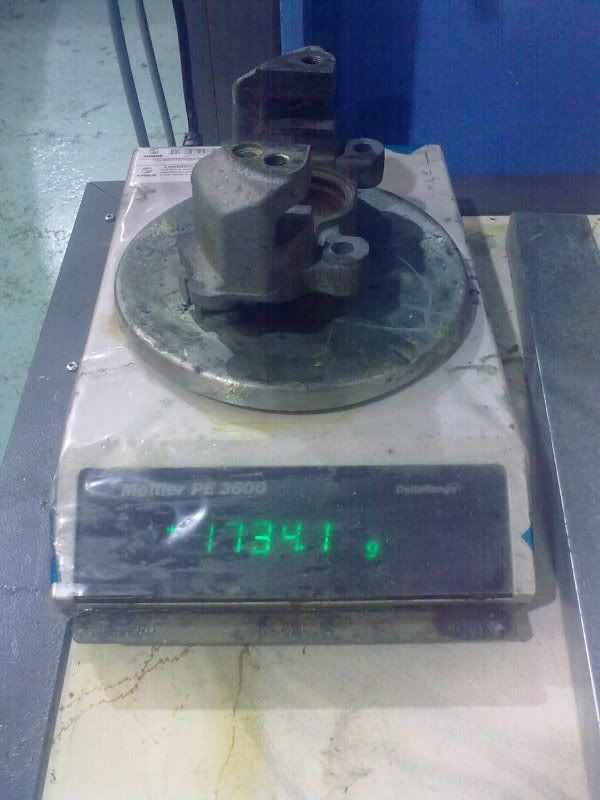
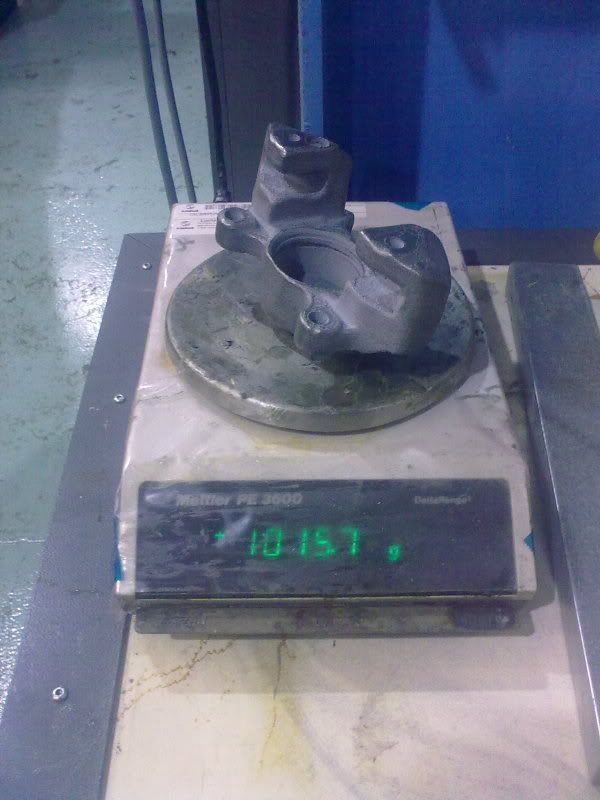
#29

Posted 12 May 2012 - 07:09 PM
you remember you said if i wanted any mini bits let you know? yeah 2 of these please 8)haha thats awsome!
anyways, back on subject, i think i remeber reading in Race tech magasine that aston martin used the 3D printer to make a prototype of their lemans engine, or at least one of their race car engines
#30

Posted 09 July 2013 - 08:45 PM
1 user(s) are reading this topic
0 members, 1 guests, 0 anonymous users








